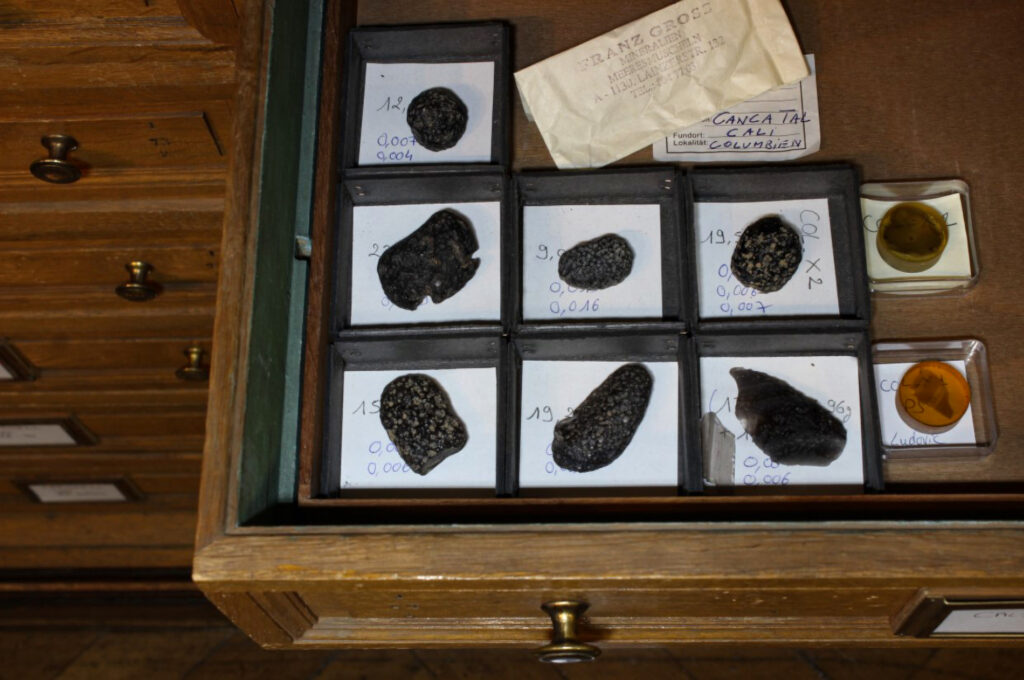New research has proved that Alexander von Humboldt was right in a claim he made 200 years ago about the volcanic origin of the so-called ‘Cali glass’.
The Cali glass is a potato-shaped black lump of glass that is slightly smaller than the size of an open hand and that was found near the city of Cali in western Colombia.
Alexander von Humboldt, who was an eminent German geographer that lived between 1769 and 1859, first described the object in 1823, believing it to be of volcanic origin.
His hypothesis stood until the early 20th century until it was cast doubt on by the theory it was actually tektite, glass formed from terrestrial debris ejected during meteorite impacts.
The two theories stood side by side with the true origin of the Cali glass remaining unsolved – until now.
New research by a team of Austrian, Brazilian and Colombian scientists led by Dr Ludovic Ferriere, curator of the meteorite collection at the Natural History Museum (NHM) Vienna, has proved that Humboldt was, in fact, right all along.
Dr Ferriere was quoted in an NHM Vienna press statement released on 10th December as saying: “Von Humboldt was right from the start about the origin of this glass.
“Our results also suggest that other unusual glass occurrences, for which a meteorite impact origin has been suspected but not fully proven, should be reexamined using the same methodology we have used.”

(NHM Wien, Ludovic Ferriere/Newsflash)
The international team used a multi-method approach that purports to distinguish between different glass formation modes to establish that the Cali glass is indeed of volcanic origin.
The most common form of naturally-occurring glass on Earth is volcanic glass, or obsidian, formed when lava flowing out from a volcano cools rapidly with minimal crystal growth.
Fulgurites, formed when lightning discharges into ground, and impact glass, formed during meteorite impact events, are said to be much rarer.
It is only now that Humboldt’s claim has been proven because distinguishing between different forms of naturally-occurring glass on Earth is said to be challenging.
Humboldt, who was born in Berlin when it was part of the Kingdom of Prussia, conducted quantitative work on botanical geography that laid the foundation for the field of biogeography.
He was one of the first to propose that the continents bordering the Atlantic Ocean, notably South America and Africa, were once joined.
More pertinently to the present, he is believed to have been the first person to describe manmade climate change, in 1800 and also in 1831.
To find out more about the author, editor or agency that supplied this story – please click below.
Story By: William McGee, Sub-Editor: James King, Agency: Newsflash
The Ananova page is created by and dedicated to professional, independent freelance journalists. It is a place for us to showcase our work. When our news is sold to our media partners, we will include the link here.




